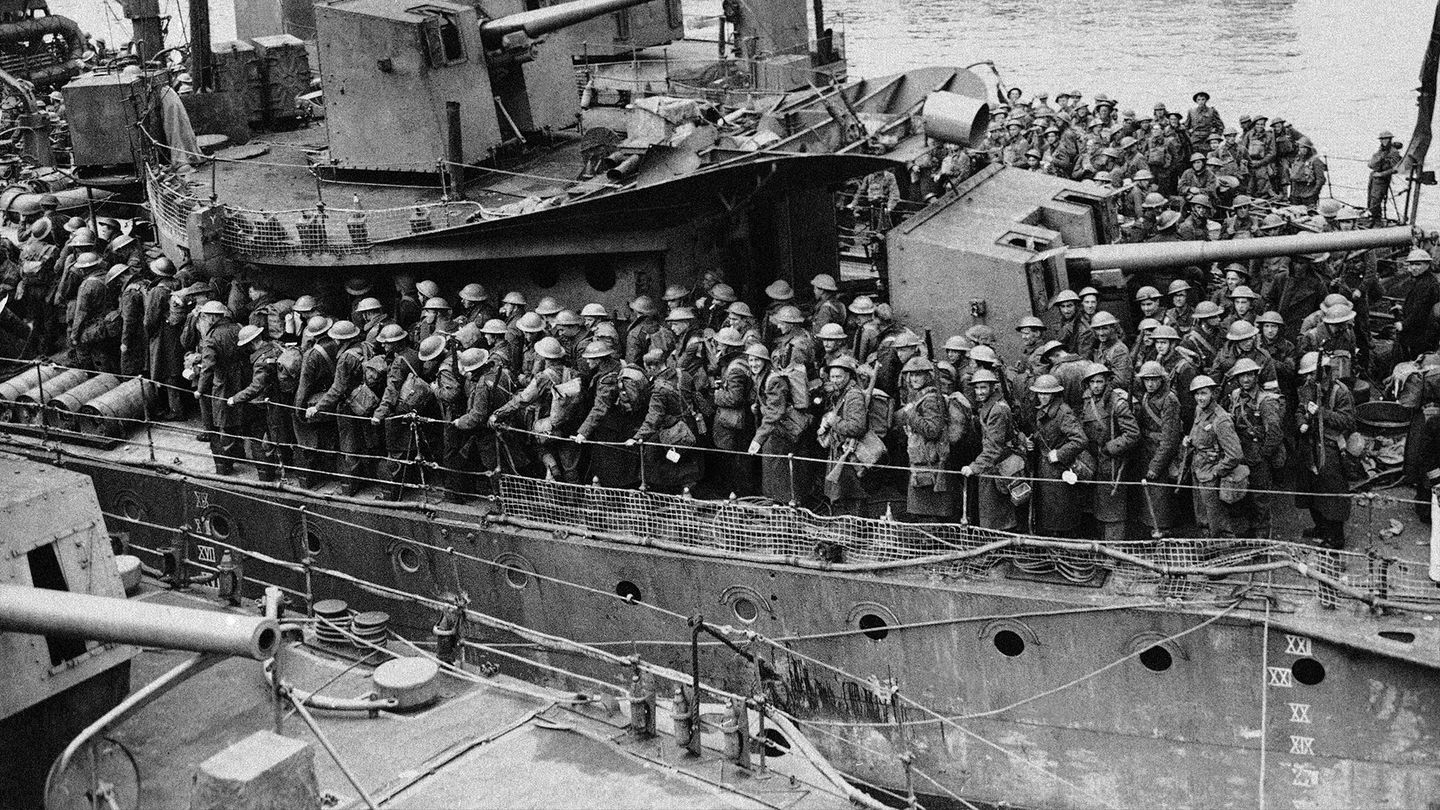The Bandung Conference took place from April 18–24, 1955, and it was attended by 29 newly independent African and Asian countries that wanted to reaffirm to the international community their capacity for self-government while also expressing a desire for non-alignment amid the Cold War, which pitted the Soviet bloc against the Western bloc. This meeting, spearheaded by Indonesia’s Sukarno, was a strong rebuke to the colonial policies of the time. The document rallied the Third World’s still-colonized people to take up arms and win their freedom. This transpired as a direct consequence of a movement that began in the 1930s and sought independence and autonomy for countries in Africa and Asia.
What were the causes of the Bandung Conference?
The colonial wars between the Axis and the Allies during World War II led to Indonesia’s independence in 1945, making it one of the first formerly colonized nations to accomplish so. Other colonies, which had grown increasingly nationalistic since the 1930s, found inspiration in this first declaration of independence. The Indochina War began when Vietnamese independence activists took up weapons in 1946. They, in turn, wanted independence, which was ultimately granted to them at the Geneva Conference in 1954. Many formerly colonial nations sought recognition and respect for their independence and abilities as sovereign states between 1945 and 1955. The “Bandoeng Conference” was where the 29 decolonized nations made clear their stance of non-alignment in response to the Cold War and the aim of the USSR and the United States to utilize the countries of Africa and Asia for their own goals. They were a part of what Alfred Sauvy dubbed the “Third World,” which was distinct from both the Western bloc and the Soviet bloc.
Where and when did the conference take place?
The Bandung Conference was held in Bandung, Indonesia, between April 18 and 24, 1955. While Nehru, India’s prime minister, was responsible for organizing the meeting, it was Sukarno, the first president of the Republic of Indonesia, who greeted the representatives from the twenty-nine newly independent nations.
What were the objectives of the Bandung Conference?
The 29 Asian and African nations also reaffirmed their presence in the international community by adopting a charter of principles that includes opposition to imperialism, colonialism, and neocolonialism. All formerly colonial nations were encouraged to proclaim their independence now. They also reiterated their stance in opposition to racism and segregation. To wrap up, they all agreed that nations in the West that support colonialism should be criticized. Their proclamation would include certain ideas that might serve as the basis for a United Nations charter.
Which countries participate in the conference?
29 different nations from Asia and Africa were represented at this conference. All told, there were six African nations, fifteen Asian nations, and thirteen Middle Eastern nations represented—nations of the Third World that were relatively new to independence. Nasser, President of Egypt; Sihanouk, representative of Cambodia; Ngo Dinh Diem, leader of South Vietnam; and Zhou Enlai, representative of the People’s Republic of China, all took part. France also sent a representative in the person of Léopold Sédar Senghor.
How did the conference go?
Numerous stances were adopted as a direct consequence of the Bandung Conference. The People’s Republic of China, one of the major powers in the Third World, was admitted to the United Nations because of its intention not to associate itself with the strategy of the Cold War blocs, notwithstanding relations between specific nations (such as China with the USSR or Turkey with the United States).
What were the results of the Bandung Conference?
The results of the Bandung Conference might be felt not only globally but also in Africa, the Middle East, and Asia. To start, the “Third World” was officially acknowledged as a distinct international grouping distinct from the West and the East. These nations supported the non-aligned movement and pledged to stay out of the Cold War, which eventually reduced tensions between the United States and the Soviet Union. In 1961, the 1st Summit of the Non-Aligned Movement would be convened to further strengthen the non-aligned movement, and it would have its genesis at this conference. It hastened decolonization in places like Algeria, where a war of independence had begun the year before. Fidel Castro, at the Havana Declaration of 1979, was influenced by this meeting and famously said, “Fatherland or death.”






